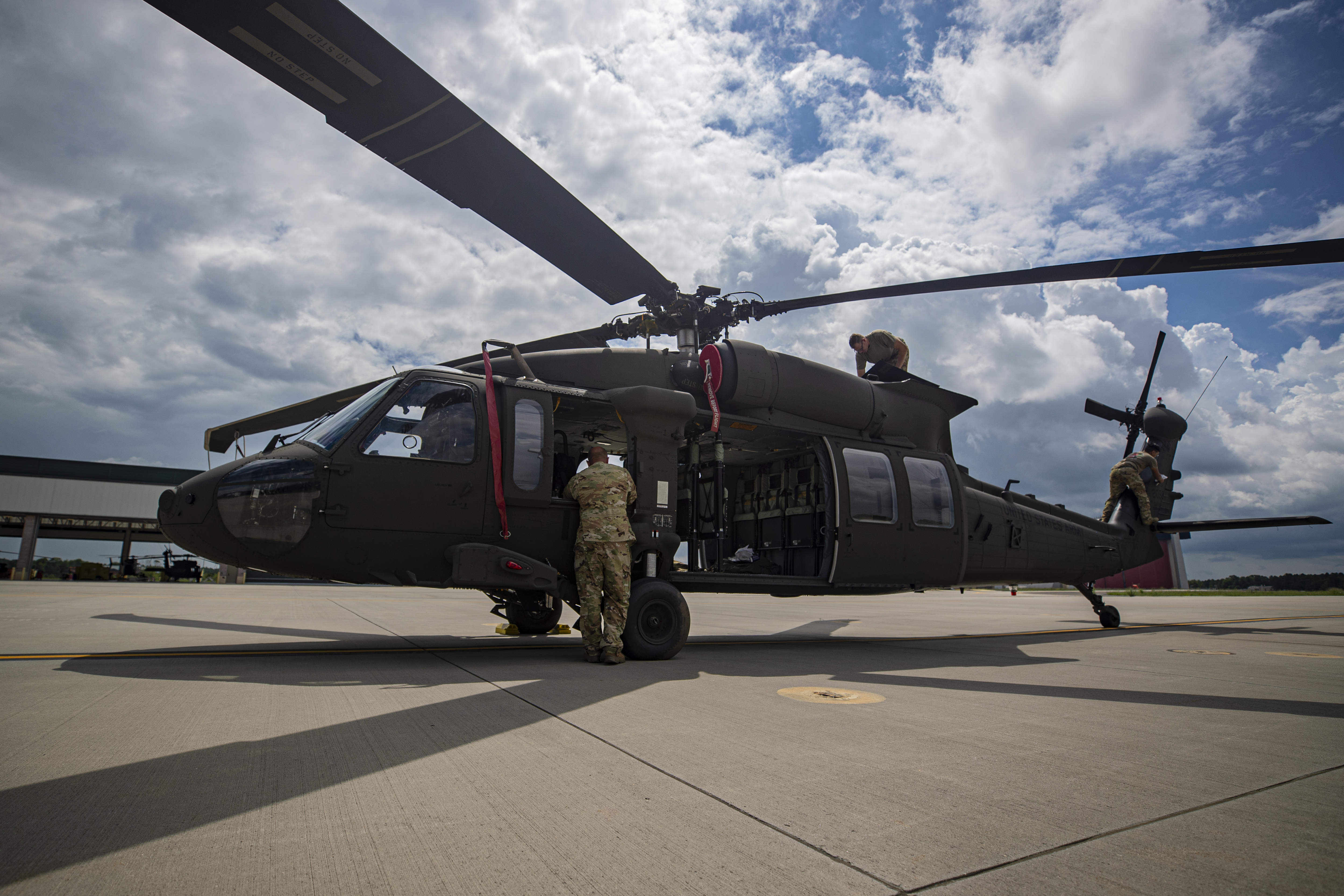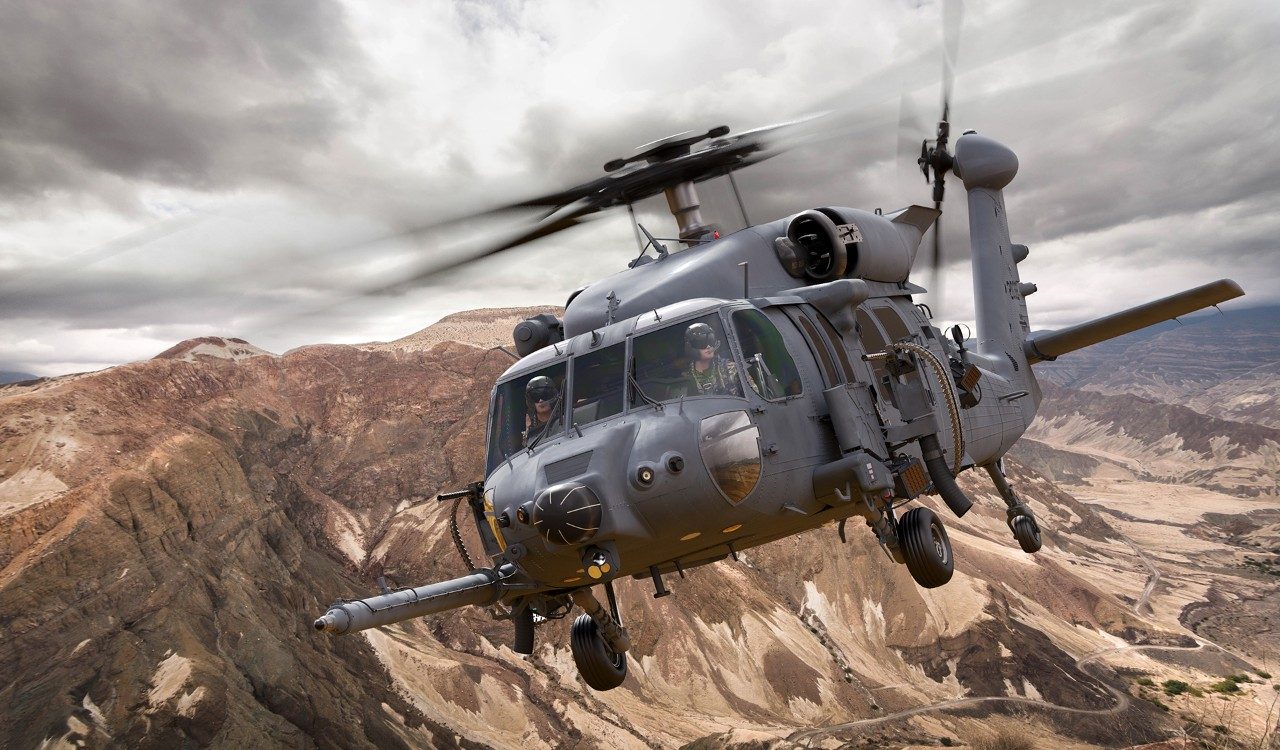UH 60 Helicopter Introduction: Whatever You Need to Know
UH 60 Helicopter Introduction: Whatever You Need to Know
Blog Article
Checking Out the Cutting-edge Technology Behind Airplane Style and Design
The area of aircraft style and engineering is observing a transformative change driven by innovative technologies that boost performance, sustainability, and efficiency. Advanced products such as carbon fiber composites and titanium alloys are establishing brand-new standards, while wind resistant developments and artificial knowledge are streamlining processes and improving outcomes. As the industry grapples with the challenges of environmental obligation, advancements in sustainable aeronautics modern technologies promise to improve the future. The effects of these innovations prolong past efficiency metrics; they may redefine the very nature of air travel. What might this imply for the sector in its entirety?
Advanced Materials in Aircraft Design
Exactly how can the combination of innovative products change aircraft design? The consolidation of innovative materials, such as carbon fiber compounds, titanium alloys, and progressed porcelains, plays an important duty in enhancing aircraft efficiency and effectiveness.
In addition, advanced products show enhanced resistance to deterioration and fatigue, resulting in reduced upkeep expenses and extensive life span. The usage of titanium in critical elements assists withstand extreme temperature levels and stress and anxieties, while carbon fiber composites offer adaptability in layout and production processes. This flexibility enables for even more wind resistant shapes, adding to superior performance features.
Additionally, the combination of wise materials, which can alter properties in response to external stimulations, opens up new avenues for adaptive systems in aircraft style. uh 60. These technologies assure not just to boost security and operational performance but additionally to add to sustainability initiatives by minimizing environmental influence via lowered emissions. In recap, progressed materials are redefining the landscape of aircraft design, leading the way for much more reliable, sturdy, and ecologically pleasant aeronautics options
Aerodynamic Advancements for Effectiveness
Wind resistant innovations play a pivotal duty in boosting aircraft performance, considerably affecting fuel consumption and general efficiency. Developments in airfoil design, such as the intro of supercritical wings, enable enhanced lift-to-drag ratios, reducing drag at transonic speeds. These technologies make it possible for airplane to maintain greater rates with lower gas expenditure, straight impacting functional prices and ecological sustainability.
Moreover, the combination of winglets has verified efficient in reducing vortex-induced drag at the pointers of wings, further boosting gas effectiveness - uh 60. This design adjustment leads to a decrease in wake disturbance, adding to enhanced wind resistant efficiency throughout cruise ship conditions

In addition, computational liquid characteristics (CFD) devices have transformed the screening and improvement of aerodynamic forms, permitting precise simulations of air movement around airplane (uh 60). This makes it possible for designers to introduce continually, making sure that modern airplane not just meet governing standards yet also push the borders of effectiveness in air travel

Role of Computer System Simulations
Computer system simulations have actually ended up being an important tool in the area of aircraft layout, enabling engineers to carry out comprehensive analyses and optimizations of various style elements. These simulations allow for the digital testing of aerodynamic buildings, architectural integrity, and efficiency metrics long prior to physical prototypes are constructed. By Click This Link employing computational liquid dynamics (CFD) and limited element evaluation (FEA), engineers can anticipate how air flows around the aircraft and exactly how different materials will reply to anxiety and strain.
Furthermore, computer simulations help with the expedition of a large range of scenarios and variables, speeding up the layout procedure and lowering prices connected with physical screening. This capability not only boosts the precision of forecasts concerning airplane actions yet additionally offers insights right into potential design enhancements that might not be instantly noticeable with traditional techniques.

In addition, simulations assist make sure compliance with rigorous security regulations by enabling designers to determine and remedy potential concerns early in the design phase. The combination of simulation technologies right into the aircraft layout procedure emphasizes the considerable innovations in design methods, ultimately adding to the growth of Visit This Link more secure, more effective, and ecologically pleasant aircraft.
Artificial Intelligence in Engineering
Expert system (AI) is transforming the design landscape, especially in airplane style, by improving decision-making processes and maximizing design workflows. Via artificial intelligence formulas, AI can analyze vast datasets, revealing patterns and understandings that inform layout options and enhance overall performance.
AI applications in airplane design include generative style, where algorithms create numerous style choices based upon specified criteria, enabling designers to examine a broader series of possibilities. This not just accelerates the design phase but additionally makes sure that the final products satisfy stringent performance and safety and security criteria.
In addition, AI-driven anticipating analytics promote maintenance organizing by evaluating historic data and anticipating potential failings. This aggressive approach lowers downtime and enhances airplane reliability.
Furthermore, AI help in simulation and modeling, making it possible for engineers to evaluate styles under numerous conditions without the requirement for physical models. This capability shortens advancement timelines and decreases costs connected with traditional testing techniques.
Lasting Aviation Technologies
Exactly how can the aeronautics sector efficiently balance development and environmental obligation? The response exists in the adoption of sustainable air travel modern technologies that focus on efficiency and decrease carbon discharges. Technologies such as sustainable aviation fuels (SAFs), this contact form which are stemmed from renewable energies, have emerged as an important part in attaining reduced lifecycle discharges. SAFs can dramatically lower the carbon impact of trips, making them a sensible choice to typical jet gas.
In addition, developments in aircraft style, such as the advancement of lighter materials and more aerodynamically reliable forms, add to enhanced gas efficiency. Electric and hybrid propulsion systems are likewise gaining grip, offering a pathway to reduce reliance on nonrenewable fuel sources and lessen greenhouse gas exhausts.
The combination of these modern technologies is supported by governing structures and sector collaborations targeted at establishing ambitious sustainability targets. Digital devices like information analytics and artificial intelligence can optimize flight procedures, even more enhancing gas performance. By embracing lasting practices and innovations, the aeronautics sector can not only fulfill the growing demand for flight yet also play a critical function in attending to climate modification, making certain an extra sustainable future for air transport.
Final Thought
The merging of advanced materials, aerodynamic innovations, and cutting-edge modern technologies marks a substantial evolution in aircraft design and design. The combination of carbon fiber compounds, titanium alloys, and AI-driven procedures not just boosts performance and effectiveness but additionally simplifies workflows and anticipating upkeep.

Computer system simulations have become a crucial device in the area of aircraft layout, making it possible for engineers to carry out thorough evaluations and optimizations of different layout aspects.The convergence of sophisticated materials, wind resistant innovations, and advanced modern technologies marks a significant development in airplane layout and design.
Report this page